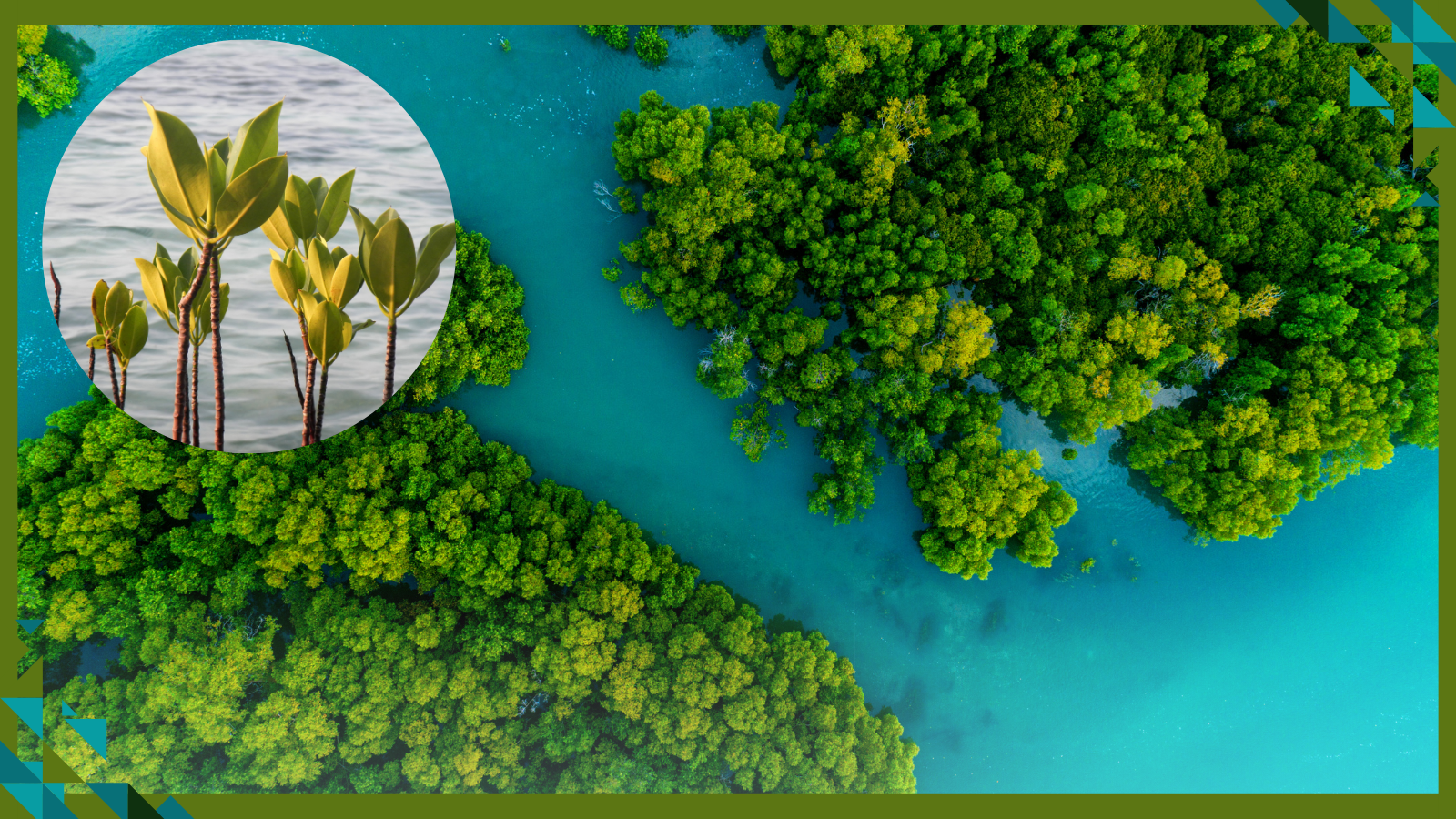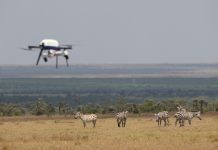Written by: Emily Kelly and Paula Cristina Sierra-Correa
Mangrove ecosystems bridge the line between land and sea. They are precious biodiversity hotspots, home to hundreds of threatened and endangered species. They also protect more than 15 million people globally and reduce property damage by $65 billion.
Yet, since 1996, approximately half of all restorable mangroves have been lost (408,300 hectares). Mangroves continue to face pressures such as deforestation for aquaculture, oil palm production and rice cultivation, as well as impacts from climate change.
Today, an estimated 147,000 square kilometres of mangrove ecosystems remain worldwide, an area about the size of Bangladesh.
Mangroves are at the forefront of climate action because they can store up to five times more carbon per acre than tropical rainforests. They also offer core benefits to surrounding local communities, making them a priority for protection and restoration efforts. These communities, non-government organizations (NGOs), scientists, financiers and governments are working together worldwide to develop a new approach to defending these blue forests.
Before Colombia’s 2024 United Nations Biodiversity Conference (COP16), 83 percent of governments included mangroves and other wetland types in their national biodiversity plans under the convention. Looking to the upcoming UN Framework Convention on Climate Change (COP29) in Azerbaijan, mangroves and other coastal ecosystems are included in 66 percent of nationally determined contributions under the Paris Agreement.
But what do these projects look like on the ground, and how can we define the highest-quality projects for achieving global goals and serving local communities?
Vida Manglar – a cross sector approach
Vida Manglar (Spanish for “mangrove life”) is a joint initiative, designed in collaboration with local communities, to conserve and reforest mangroves in Cispatá Bay in the Sinú River basin.
The project has been developed through a pioneering cross-sector collaboration between Conservation International, Colombia’s Ministry of Environment and Sustainable Development, the Omacha Foundation, Instituto de Investigaciones Marinas y Costeras (INVEMAR) and Corporación Autónoma Regional de los Valles del Sinú y del San Jorge.
This project will conserve and restore 7,500 hectares of mangrove ecosystem through close collaboration between the community and the project partners. Central to this approach is revenue from carbon credits coming back into the community and conservation.
There are 12,000 people living within the Cispatá community who are helped indirectly by the ecosystem services provided by mangroves, such as coastal protection, food security and job opportunities. Four hundred and thirty-five families have directly benefited from incentive programmes, including capacity building and economic alternatives.
One of the partners leading the initiative is INVEMAR, which conducted over 100 workshops and training sessions since the beginning of the programme. To date, more than 1,000 people directly participated in the training, 42 percent of whom were women, they say.
Stewardship led by Indigenous peoples and local communities leads to better, longer-lasting conservation results. Indeed, empowering local communities is a key characteristic of the High-Quality Blue Carbon Principles and Guidance.
Vida Manglar offers an example of how such high-quality projects can meet demand with investment through carbon financing. Selling high-quality carbon credits on the Voluntary Carbon Market enables Vida Manglar to deliver projects that will sequester nearly 1 million metric tonnes of carbon over the next 30 years.
Of these credits, 92 percent of the revenue goes back to the community. This model allows the ecosystem’s carbon benefits to lead to further investment in the core benefits to communities.
Protecting mangrove ecosystems through knowledge share
The next step in scaling success in mangrove ecosystems relies on cross-sectoral conversations between communities, project developers, governments, financiers, NGOs, scientists and others.
At COP16, the government of Colombia, INVEMAR and the World Economic Forum finalized an agreement to launch a National Blue Carbon Action Partnership to accelerate Colombia’s blue carbon action and further support the synergies across sustainable development, nature and climate goals.
Colombia is demonstrating how countries can successfully conserve and restore their blue forests to the benefit of commitments to multiple UN conventions.
Accelerating the scaling of such community-driven conservation and restoration is needed to reach the COP15 goal of protecting 30 percent of our land and oceans by 2030 and mitigating the alarming decline of wildlife globally.
With the strong leadership of communities, the commitment of governments and the support of financial institutions, NGOs, scientists and other experts, mangrove ecosystems can support healthy communities, biodiversity and the planet.
Republished with permission from World Economic Forum







